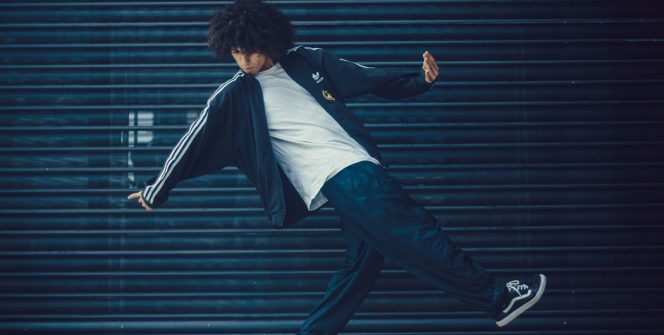Dancers of any style know that it isn’t a matter of if you’ll get injured, but a matter of when. To the audience, dance appears effortless and graceful, but behind the poise and elegance is a great deal of sweat, tears and hard work.
Dance puts a lot of stress on your body, so whether you’re a dancer or parent of one, taking care of a dancer’s body by protecting their joints will go a long way in ensuring their career, and their body’s health, can last as long as possible.
Focus on Physical Health
A healthy body is able to recover quickly and smoothly when facing an injury because it has what it needs to heal. Focus on drinking enough water, eating healthy foods and supplementing with natural anti-inflammatory supplements like turmeric, CBD oil and Omega-3 fatty acids to relieve and reduce things like muscle soreness or tenderness. Include supplements that focus specifically on joint health, as the impact from landing leaps and working on complex floor-work phrases put an extra strain on your joints.
Move Outside of Class
Though a dancer’s schedule is already packed with classes and rehearsals, make sure you’re taking time to move and stretch outside of the studio. Some dancers choose to cross-train with low-impact exercises, while others opt for gentle yoga practices.
However you get moving, make sure you’re performing exercises that work your muscles in recovery and don’t place extra stress on your joints. Cross-training can help you achieve your goals in the studio, but too much high-impact aerobic movement will cut your career short and could cause joint problems later in life.
Remember to Rest
Taking it easy for at least one or two days per week is an important part of any training regimen. Your body works hard to build up the strength to jump higher, balance longer and perform lengthy numbers. It’s vital that you give your body a break so it has time to rebuild and restore in between rehearsals.
Resting doesn’t have to include lazing on the couch or sitting down all day. Rest days can involve walking, stretching, yoga and other low-impact activities. As always, make sure you’re getting enough sleep, and take necessary breathers between across the floor combinations in class.
Don’t Skip the Warmup
With limited time in class, especially close to a performance, it’s all too easy to skip or reduce your warmup so you can jump right into choreography. Tempting as it may be, you’re far more likely to become injured if you haven’t taken the time to get your blood flowing to your muscles and joints.
For your joints, you should incorporate dynamic warmup moves that target the range of motion of your shoulders, hips, knees and ankles. Think about what kinds of joint movement your choreography includes, and take extra care to get fluids moving to those areas in your warmup.
Treat Injuries Seriously
Like any other athlete, injuries are incredibly hard to face — especially when a performance or showcase is upcoming. As bad as you’d like to jump back into the studio, doing so can do more harm than good in both the short and long term. Injuries need time to heal properly, and any movement that interrupts that process only extends healing time.
Always listen to your body and check with your doctor to see when it’s safe to move again. It may be wise to seek out a doctor or physical therapist with training specifically designed for dancers. When it’s time to get back into class, be sure to communicate with your teacher or choreographer to let them know about your injury.
Do Your Research
Your body is your instrument, so it’s important to know as much as possible about the way it works and how to take care of it. By looking into the best practices for training, recovery, attire and physiological awareness, you can ensure a long, creative career in dance as you take the right steps to care for your body.

Leave a Reply